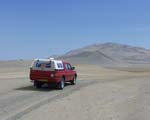
In Paracas Nature Reserve
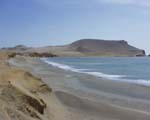
Deserted beach in Paracas Nature Reserve - no ice cream or donkeys here
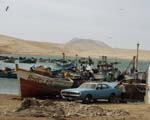
Fishing encampment at Laguna Grande
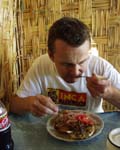
Jingers enjoying the morning's catch
 In Paracas Nature Reserve |
 Deserted beach in Paracas Nature Reserve - no ice cream or donkeys here |
 Fishing encampment at Laguna Grande |
 Jingers enjoying the morning's catch |
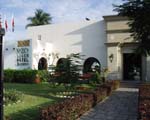 Nazca Lines Hotel |
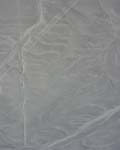 Nasca Lines monkey |
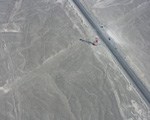 'Hands' and 'tree' next to viewing tower |
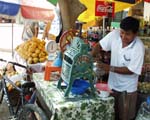 Roadside pause for freshly squeezed orange juice |
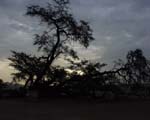 1,000 year old carob tree - site of a time control |
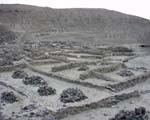 Lost city of Huayuri |
Next: Nasca to Arica